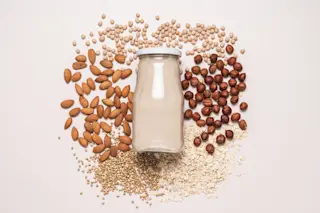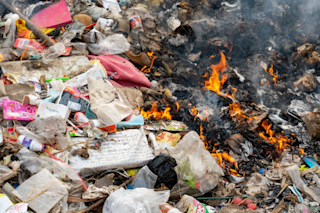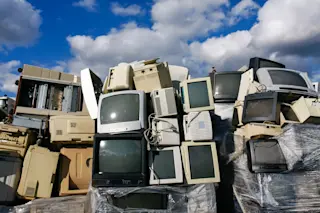Food waste isn’t the most exciting topic. But listen up — it’s probably costing you, and our planet, a lot.
On a global scale, the burden of food waste is enormous. One-third of all food produced in the world ends up as waste. The amount of waste is equivalent to each person on the planet throwing away around 500 calories every day, according to a recent study.
Research has found that the younger or wealthier you are, the more food you tend to toss. In America, the average household loses around $1,866 per year on food waste. Another estimate suggested that the typical American throws away about a pound of food every day.
Simply put, that’s a lot of food being sent to landfills, where it rots and releases damaging greenhouse gases into our atmosphere. Wasted and lost food accounts for roughly 8 percent of greenhouse gas emissions attributed to ...














